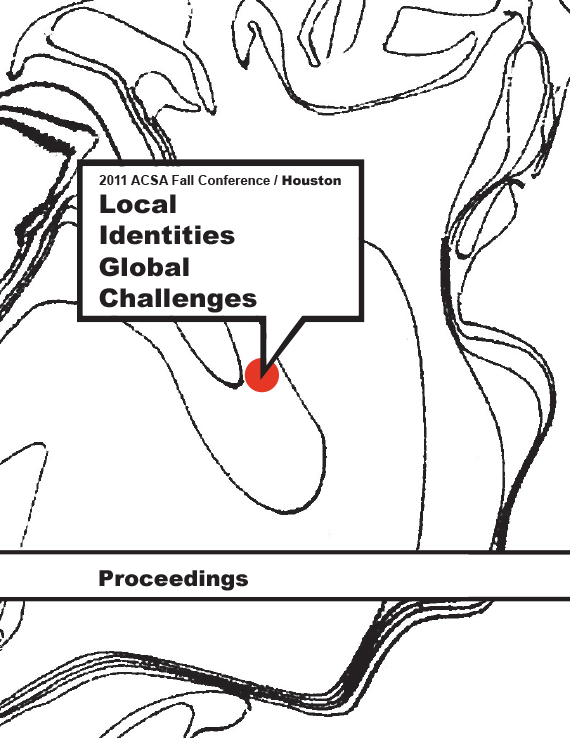Author(s): Joshua Nason
As readily evidenced, contemporary communities areevolving at an unprecedented rate. Demographics,economies, cities and cultures are mutating worldwide.During this time of activity, one will do well toremember that evolution is an essential componentof society but not necessarily an easy one. Changecan be uncomfortable. The uncertainty of newness,although exciting, can be disorienting, disconcertingand even awkward. Many times evolutionarymethods leave one guessing and searching for somesense of familiarity. However, one must be carefulthat the search for familiarity does not drive one tothe perceptive dilution of the possible efficacy of aspecific change. Equally problematic is the blind acceptanceof change without understanding or criticalanalysis. Either pole (blind acceptance or unequivocaldiscrediting of things new) can prove problematic,especially at larger social scales.Instead, it is wise to first evaluate the trends, forcesand consequences of changes on populationsbefore adherence or abhorrence. As designers,our roles are not to thwart nor accelerate culturaland societal change. In stead, we must learn tooperate within the burgeoning systems we now findourselves. If we first understand what change istaking place then we can determine how to bestoperate within said change. Once we gain this orientationwithin the developing scheme we can bestunderstand how to impact society in incremental,attainable and contextually pertinent ways. Methodsof analytical drawing can help us to define,examine and apply the traits of change into ourmethods of working and living. Mapping can proveto be a powerful analytical tool, beneficial to theprocess of evaluating and responding to transformation.However, we first must understand how toproperly apply mapping.
Volume Editors
Ikhlas Sabouni & Jorge Vanegas

 Study Architecture
Study Architecture  ProPEL
ProPEL 
